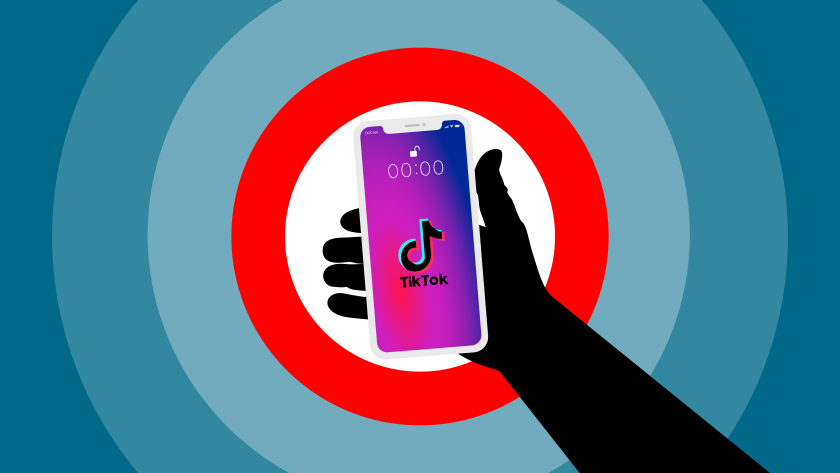Article 94 of Mexico’s Federal Copyright Law (FCL) defines audiovisual works as those expressed by means of associated images, with or without incorporated sound, which are perceptible, by means of technical devices, producing a movement sensation.
TikTok is a social network that allows the user to create a video (a TikTok; i.e., an audiovisual work), which is generally short, and then upload it to the user's profile on the app, to interact with other users of the social network.
'Influencers' (and users without many followers) upload TikToks of themselves dancing, singing, acting, reviewing books or movies, promoting a brand, showing their daily life, etc.; in short, almost any activity.
TikToks can be set to music, with songs that usually are on trend. Thus, they may come into conflict with the patrimonial rights of the author’s song. In other words, the user can incorporate a different work in their TikTok.
Users can join ‘trends’, which are national or international trends in the social network created by TikTok users, and are then able to give a personal touch to the trend.
Therefore, it is worth asking whether TikToks are truly original or whether they are reproductions or transformations of a previous TikTok. In other words, is a TikTok an original or a derivative work? In this regard, the works protected by the FCL are those of original creation that are susceptible to being disclosed or reproduced in any form or media and their protection is granted from the moment they have been fixed in a material support, regardless of the merit, destination, or the method of expression.
Therefore, Tik Toks are audiovisual works protected by the FCL. Regardless of their registration with the National Copyright Institute, when fixed on a material support and according to their originality, they will be more or less protected by the FCL, without disregarding a third-party copyright that may be involved in a TikTok.











